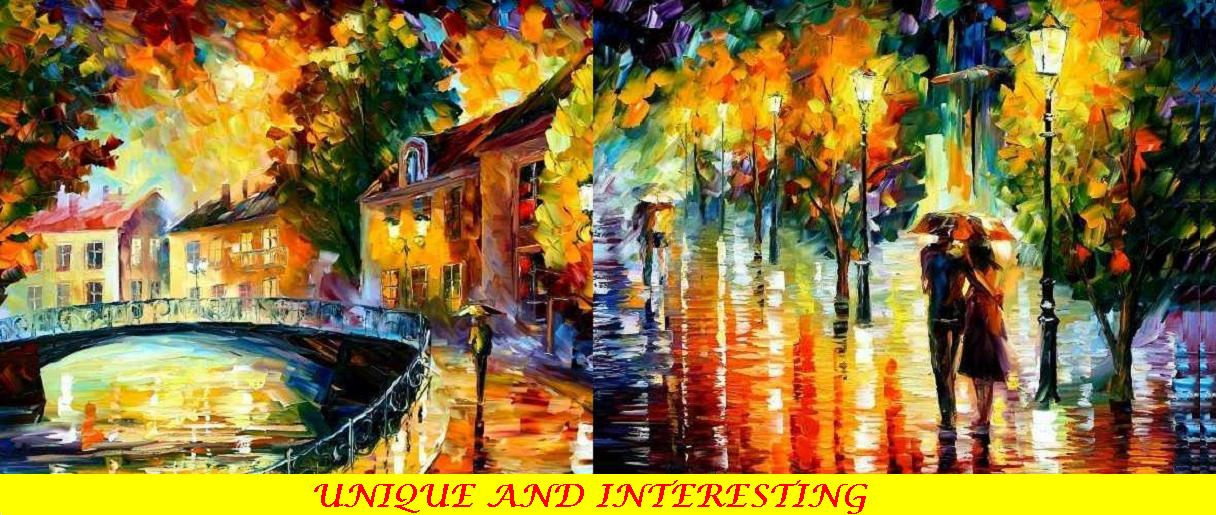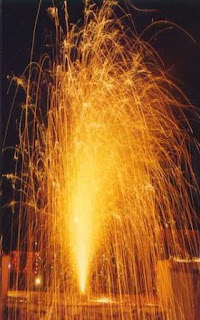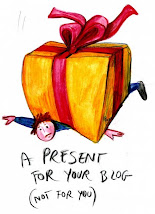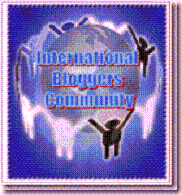Xstrata Greek Festival was held in Townsville on 10th and 11th October. It was the 10th anniversary of the Greek festival.
In Greek Festival there were variety of music, cultural dancing and delicious food. The Pioneer Park was filled with the unique sounds of both traditional and modern Greek music.
 In Greek festival, there were plenty of competitions, children’s entertainment, rides and fireworks.
In Greek festival, there were plenty of competitions, children’s entertainment, rides and fireworks. Dora the Explorer and her sidekick Boots performed on stage. A popular character with children and adults alike, performed and the children joined the fun and sang along to her familiar songs. Children took their photos with Dora in the park.

Popular Sydney band Aegean Groove, along with popular singer Maria Maroulis filled Riverway with the sounds of Greece. Everybody enjoyed an entertaining mix of traditional and modern music played on the bouzouki and lira.
 Dance is a major part of the Greek culture. At Xstrata Greek Festival, there was traditional and modern dance from all regions of Greece and even a great selection of belly dancing. I was thrilled to see the fantastic costumes which were exclusive to each region and the meticulous craftsmanship which made them so unique.
Dance is a major part of the Greek culture. At Xstrata Greek Festival, there was traditional and modern dance from all regions of Greece and even a great selection of belly dancing. I was thrilled to see the fantastic costumes which were exclusive to each region and the meticulous craftsmanship which made them so unique.
Exquisite costumes and interesting dances kept everybody spellbound. Three groups performed dances from many regions of Greece, including Thrace, Macedonia, the Greek Islands and central Greece.
 The traditional Greek dancing with the Hellenic Dancers took place and everybody got their hips gyrating when we tried to do belly dancing with the fantastic Scimitar Moon Belly Dancers.
The traditional Greek dancing with the Hellenic Dancers took place and everybody got their hips gyrating when we tried to do belly dancing with the fantastic Scimitar Moon Belly Dancers.  Master Chef celebrity Geni took us on a culinary journey in the new outdoor Greek Festival IGA Kouzina (kitchen), where she taught the art of fantastic Greek cooking - entrees, mains and desserts. The plate smashing challenge took place and we enjoyed very much.
Master Chef celebrity Geni took us on a culinary journey in the new outdoor Greek Festival IGA Kouzina (kitchen), where she taught the art of fantastic Greek cooking - entrees, mains and desserts. The plate smashing challenge took place and we enjoyed very much.  Other competitions held throughout the festival included Grape Stomping, Olive Spitting Challenge and dancing competitions. There were a huge range of rides for young and old to enjoy like Dodgem Cars, Super Swing, Roller Coaster, Double Bubble, Ferris wheel, Super Slide, Shooting Gallery and Laughing Clowns.
Other competitions held throughout the festival included Grape Stomping, Olive Spitting Challenge and dancing competitions. There were a huge range of rides for young and old to enjoy like Dodgem Cars, Super Swing, Roller Coaster, Double Bubble, Ferris wheel, Super Slide, Shooting Gallery and Laughing Clowns. Melville's Animal Farm was brought in the festival and the children enjoyed patting the baby animals. Face Painting was available all day to add some colour to the day. The balloon artist entertained the children with their fun balloon creations.
Melville's Animal Farm was brought in the festival and the children enjoyed patting the baby animals. Face Painting was available all day to add some colour to the day. The balloon artist entertained the children with their fun balloon creations. There were delicious and different types of food like –
• Baby Octopus and chips
• Calamari and chips – Deep fried calamari with lemon and hot chips
 • Fish and chips – A single piece of battered fish with hot chips
• Fish and chips – A single piece of battered fish with hot chips• Souvlakia – Skewer of Grilled lamb and chicken pieces marinated in oregano, olive oil and lemon • Yiros – A greek wrap made on grilled pita bread with lamb, lettuce, tomato, onion and tsatziki • Soudsoukakia – Spiced mince rissoles in tomato salsa
 • Kokinisto Makaronia – Pasta cooked with Greek mince sauce
• Kokinisto Makaronia – Pasta cooked with Greek mince sauce• Spanakopites – Spinach and cheese triangles with flaky pastry • Eliniko Salata – Lettuce layered with tomato, cucumber, onions, feta cheese, oregano and olives dressed with a Greek vinaigrette
 • Greek dips with Pita bread platter • Revithokeftethes - Vegetarian chickpea rissoles • Loukoumathes (honey puffs) – balls of crispy dough smothered in honey, cinnamon and icing sugar
• Greek dips with Pita bread platter • Revithokeftethes - Vegetarian chickpea rissoles • Loukoumathes (honey puffs) – balls of crispy dough smothered in honey, cinnamon and icing sugar• Baklava – layers spiced almonds and filo pastry covered in honey
 • Halva – semolina cake
• Halva – semolina cake• Finikia – biscuits made with orange zest and spices drizzled in honey
• Koulourakia – butter biscuits
• Kourambiethes – shortbread covered in icing sugar
It was a fantastic festival and I enjoyed very much for two days. The dance programme and the varietes of food made the Greek festival extra special.

























